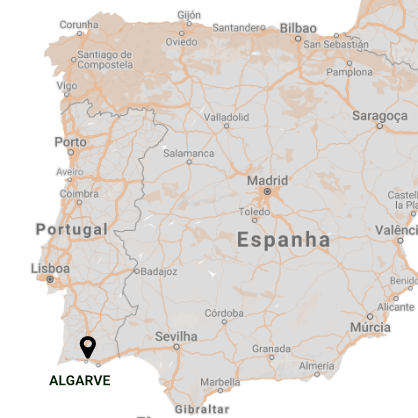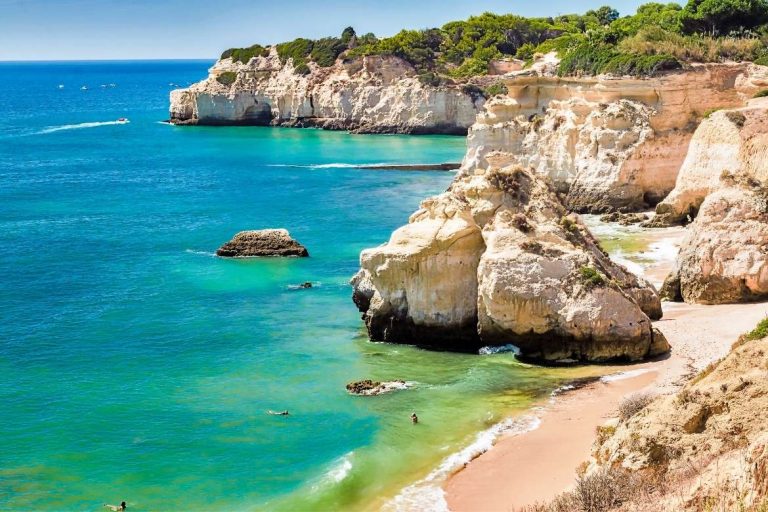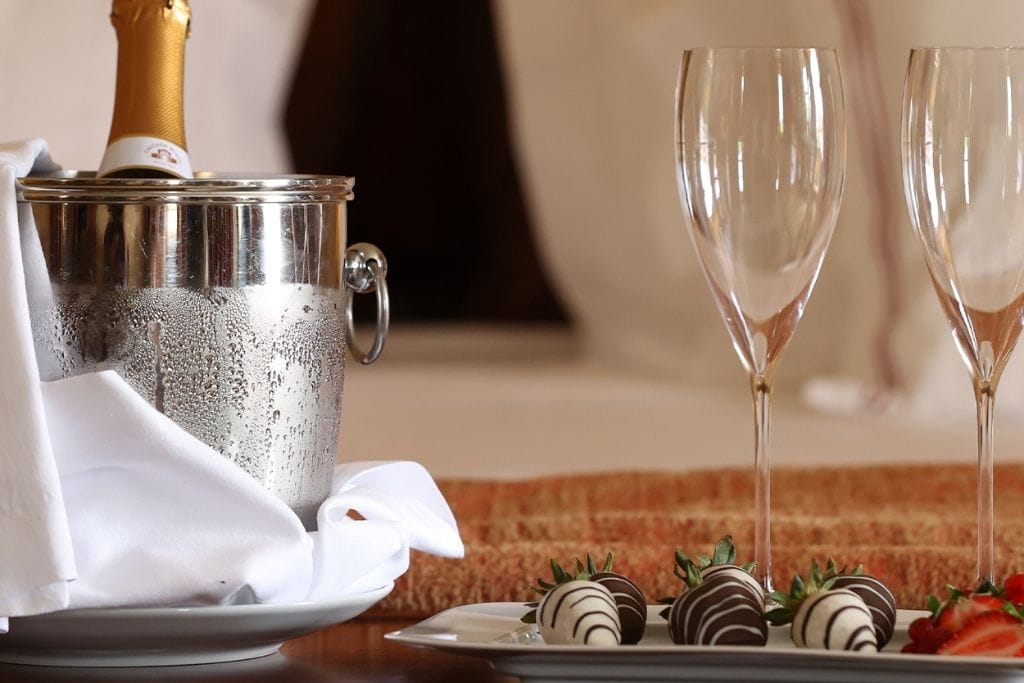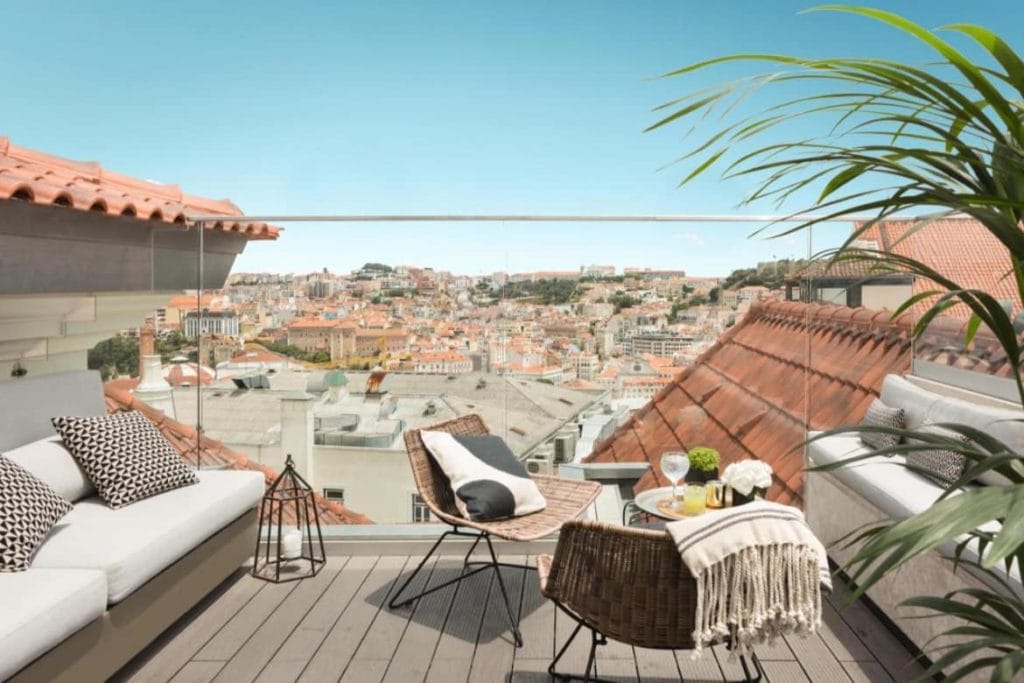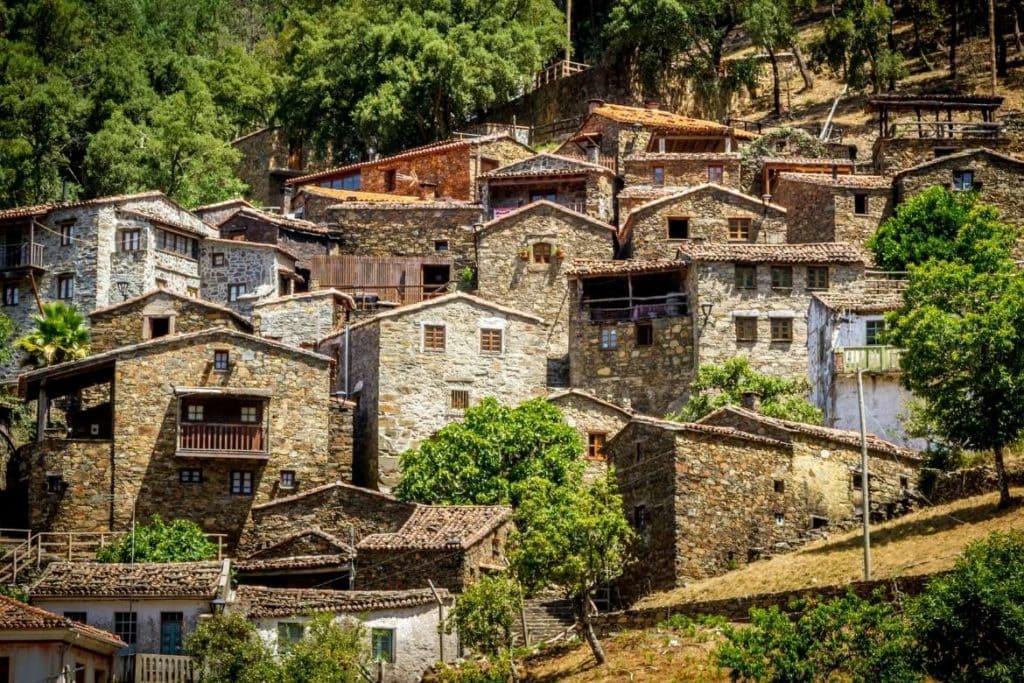Sunny Days, Cliffs, and the Blue Sea
The Algarve region is one of the most sought-after summer destinations by Europeans in search of beautiful beaches, good food, and plenty of fun. Its name originates from the Arabic “Al Gharb,” translated to “west.” Algarve has a rich history with Phoenician, Roman, and Arab influences that give a unique identity to the region.
How to plan a trip to the Algarve
Essential Information
Transportation
How to get there
Faro Airport is the third busiest in the country, behind only Lisbon and Porto. There are several options for flights. By car, Faro is 278 km from Lisbon and 200 km from Seville, in Spain.
In the region
Getting around
The best option is to rent a car, but you can also travel by bus or train to move between cities. In some of them, public transportation is very extensive. For example, in Albufeira, the bus system, called Giros, covers most of the city. In Faro, most of the attractions are within walking distance, and there are buses going to the beaches. And even in municipalities with less public transportation, it is possible to get around by cab.
Agenda
Best time to go
Being a beach destination, tourism in the Algarve gains strength in the summer (June to August). However, you can also visit during the spring and fall. At this time, you will find a super pleasant climate, and the places are less crowded. To get to know it calmly and enjoy the main beaches, we recommend staying at least one week.
The Algarve Map
BEST areas and regions
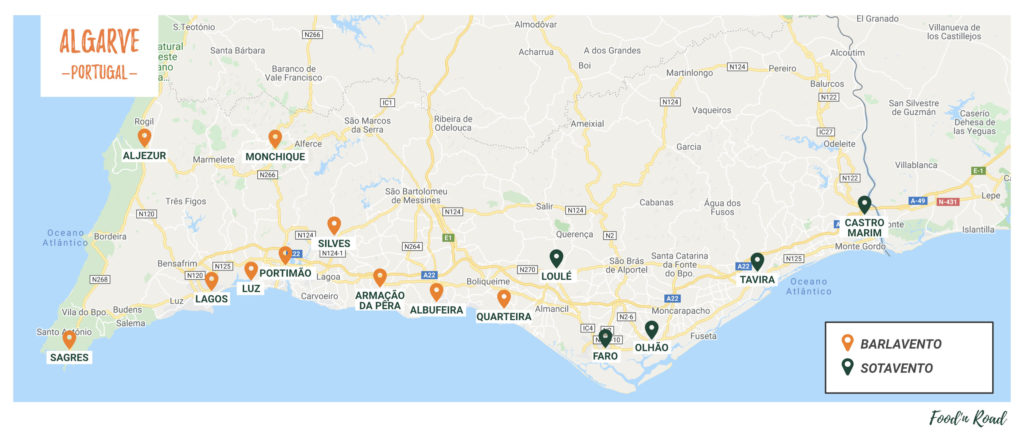
The Algarve is in the extreme south of Portugal and has 16 municipalities: Albufeira, Alcoutim, Aljezur, Castro Marim, Faro (Capital), Lagoa, Lagos, Loulé, Monchique, Olhão, Portimão, São Brás de Alportel, Silves, Tavira, Vila do Bispo e Vila Real de Santo Antônio.
The municipalities are further subdivided into two zones: Barlavento (West) and Sotavento (East), terms of nautical origin referring to the side of the ship where the wind blows.
Places to visit
Things to do in the Algarve
1. VISIT THE BEACHES
When we think of the Algarve, we immediately imagine the beaches and their cliffs. Although it has many historical and cultural treasures, its Mediterranean coast is the big star. You will find options for all tastes, from the trendy beaches to the secret ones and even options with good waves for surfers.
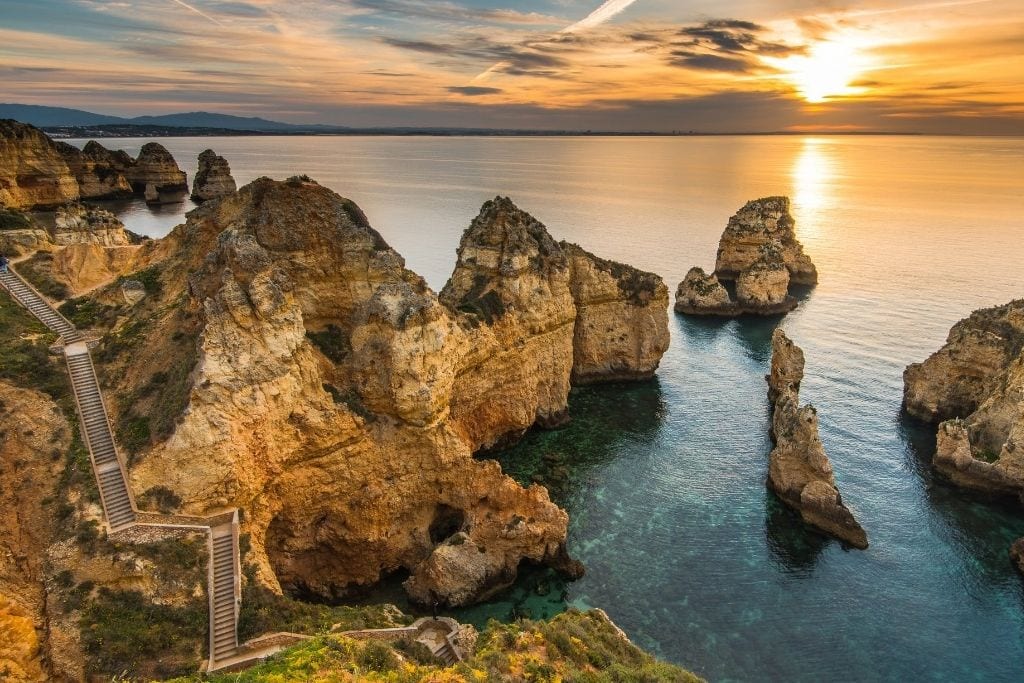
Best beaches to visit in the Algarve
ALBUFEIRA

Falésia Beach
One of the most emblematic beaches of the lively Albufeira. It has lush red cliffs that contrast with the white sand and the greenish-blue sea. It is the only representative of Portugal on the list of the 25 best beaches in the world, according to TripAdvisor’s Traveler’s Choice 2021 Award.
Coelha Beach
With a small strip of sand, it is about 5 km from Albufeira. Surrounded by cliffs, the beach is captivating with its crystal clear waters and rock formations. It is accessible via steps from an unpaved track, but it has a good infrastructure, with restaurants and bars very popular in the summer.
FARO
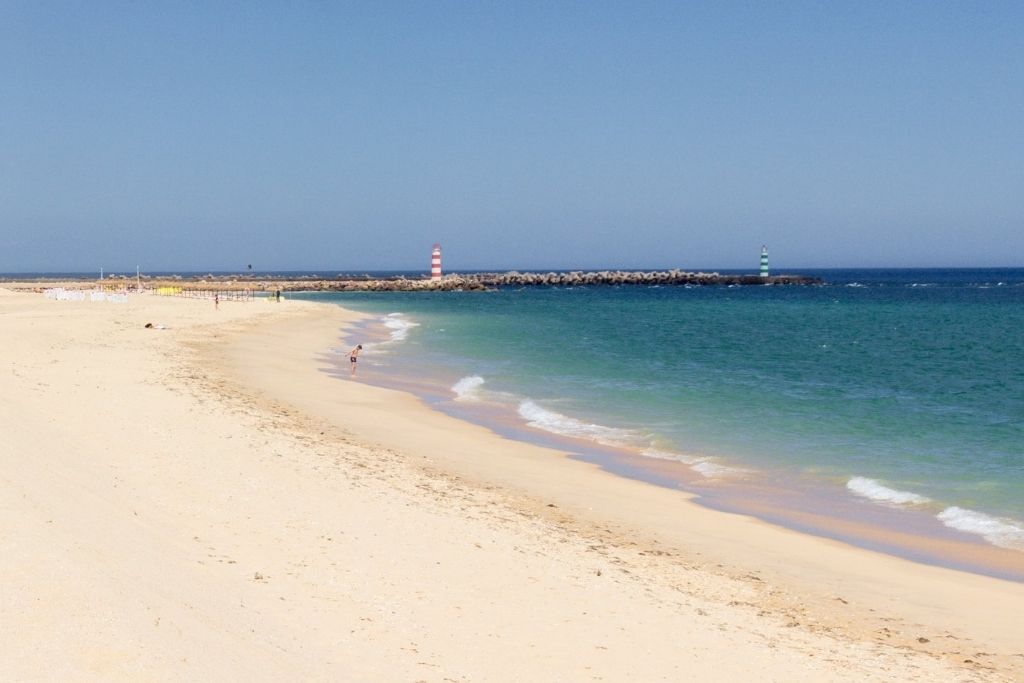
Ilha da Barreta or Ilha Deserta
The southernmost point of Portugal, the Barreta Island or Desert Island, is a paradise with vast sandy beaches and crystal clear waters, part of the Natural Park of Ria Formosa. It is only accessible by boat from the capital Faro (from June to September), a trip of about 30 minutes. The Estaminé Restaurant, unique on the island, draws attention with its shape that resembles a crab and offers a variety of seafood.
LAGOA
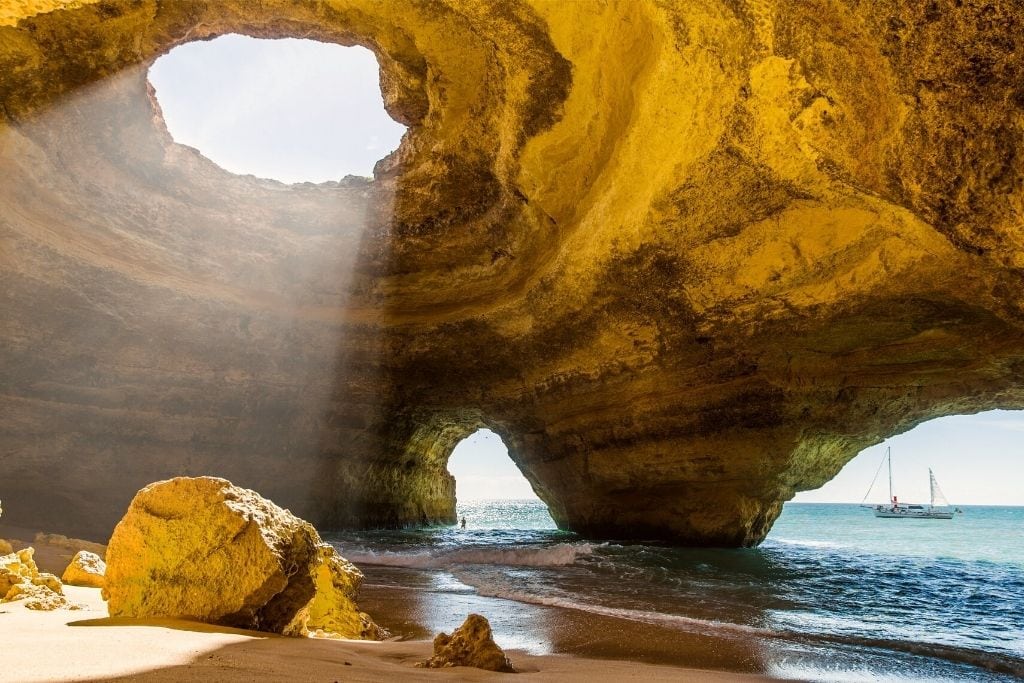
Marinha Beach
Surrounded by large cliffs and rocks that emerge from the sea, the Marinha beach is considered one of the most beautiful beaches in Portugal and is among the top 10 in Europe. It is 2 km from Benagil Beach, and a trail between the cliffs connects the two beaches.
Benagil Beach and Cave
Easy to access and with good infrastructure, Benagil Beach houses one of the most incredible sights of the Algarve, the Benagil Cave or Algar de Benagil. To visit the cave, you can rent a kayak on the beach (book in advance) and row to the cave for about 10 minutes or take a boat tour.
LAGOS
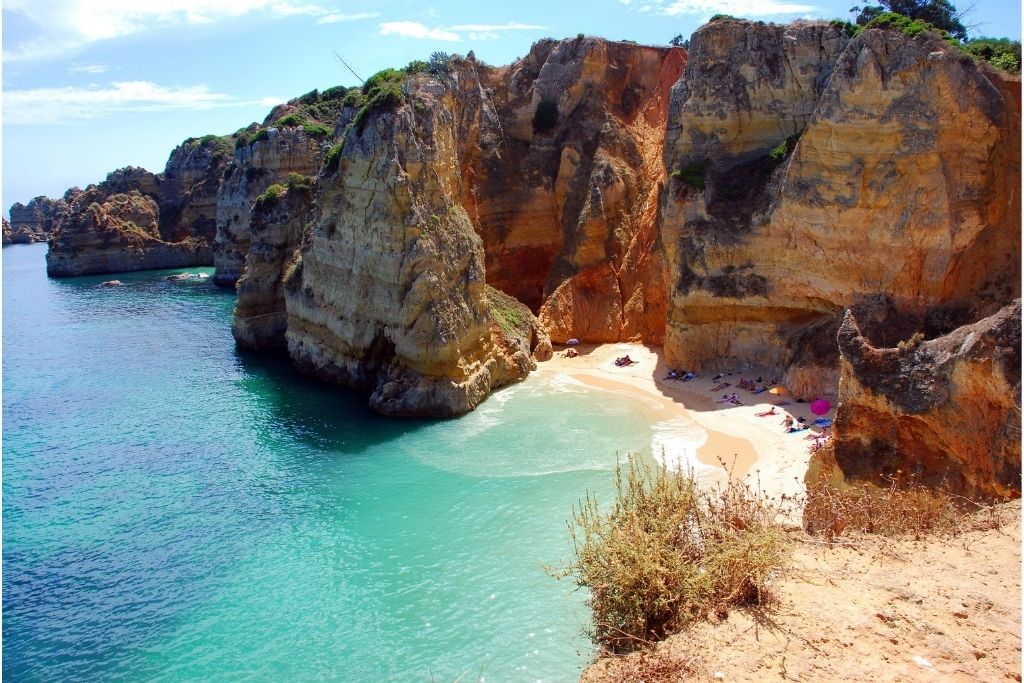
Dona Ana Beach
With rocks by the sea and clear waters in various shades of turquoise blue, Dona Ana has already been considered the best beach in the world by Condé Nast Traveller magazine. It is one of the most beautiful beaches in Lagos, and therefore very crowded in the summer.
Camilo Beach
With a large rock emerging from the sea and only ten minutes walking from Dona Ana beach, you’ll find another hotspot in the Algarve. However, since there is no trail along the beach, you need to walk by road and access its sand by a staircase.
Ponta da Piedade
The main postcard of Lagos isn’t exactly a beach, but a beautiful set of rock formations with a natural pool when the sea is calm. The landscape is made up of caves and hidden beaches. They are best seen through boat trips, departing from the Lagos marina or Ponta da Piedade.
PORTIMÃO
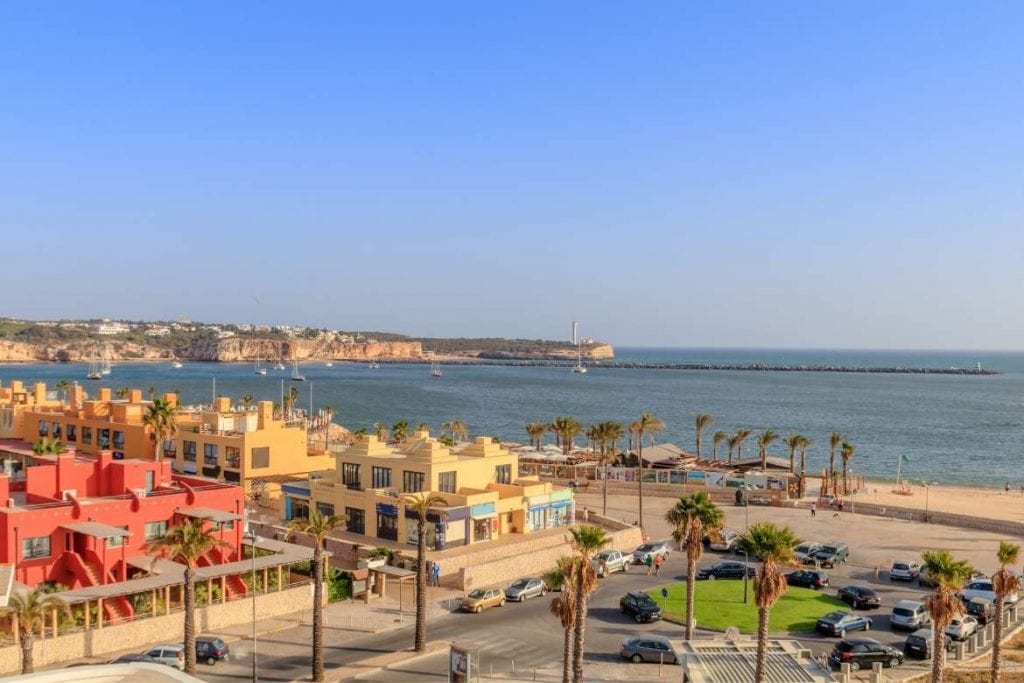
Rocha Beach
Famous beach in the Algarve with a long stretch of sand that exceeds one thousand meters. The region is full of little shops, bars, and restaurants. At the end of the day, you can stroll along the walkways by the coast and enjoy the beautiful sunset.
Três Irmãos Beach
Also called Alvor Nascente beach, it is easily accessible (no stairs) and located on the eastern corner of the long stretch of sand of Alvor and Torralta beaches. The view is attractive, with pierced rocks, a small cave, and good infrastructure.

Itinerary Ideas
2. TAKE A BOAT TOUR
If you visit the Algarve, consider taking at least one boat tour. The boat trip to Ponta da Piedade is a good one, which departs from the marinas in Portimão and Lagos. The sunset there is very popular, but it is worth getting on board earlier in the afternoon to enjoy the stunning rock formations that create a natural pool with the calm sea. Another famous boat trip is to the Algar de Benagil or Benagil Cave, the most popular natural monument in the Algarve, leaving from Albufeira, Lagoa, Lagos or Portimão.
However, be aware that the standard panoramic tour only goes in and out of the cave, with no stop for diving. If you wish to spend more time enjoying the landscape inside the cave, the ideal is to rent a kayak at Benagil Beach. There are also routes that lead to Ilha de Tavira, in the Ria Formosa Natural Park, which has four beaches: Tavira, Terra Estreita, Barril, and Homem Nu. The last two of them allow the practice of Naturism.
3. GO TO THE “END OF THE WORLD”
Cape St. Vincent, the most southwestern point of Europe, in Sagres (Vila do Bispo), was considered “the end of the world” by the ancient Romans. It is a large cliff with a fort and a lighthouse, which was the stage of many battles. You can drive there, and the sunset is unforgettable.
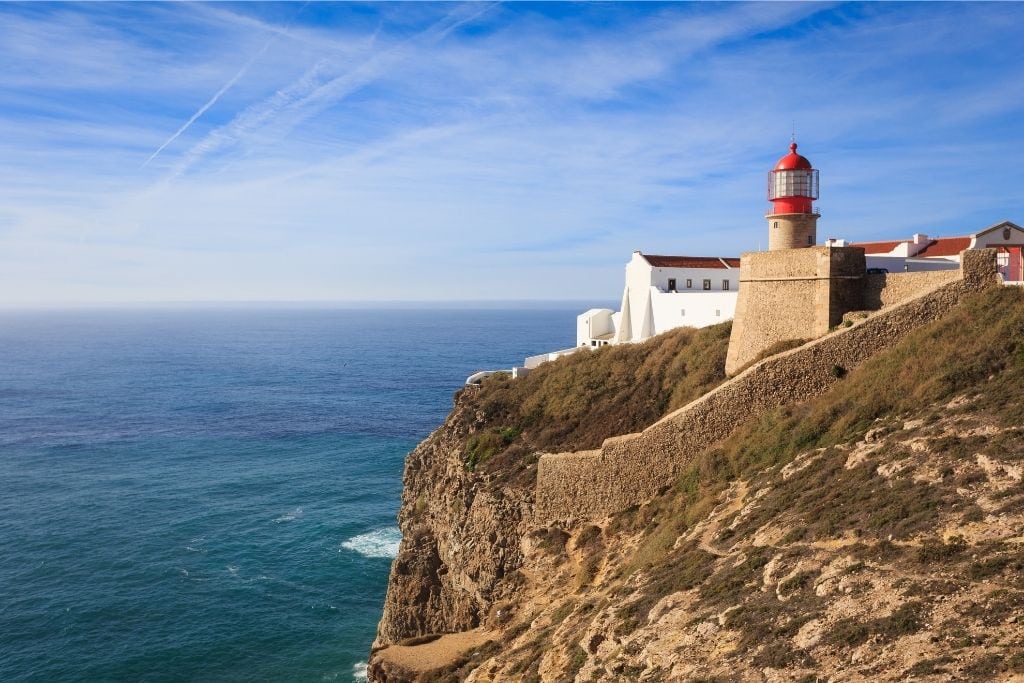
4. VISIT A WINERY
Although wine tourism is most popular in the Douro Valley region and the Alentejo, the Algarve is home to four areas with Denomination of Origin (DO) – Lagoa, Lagos, Portimão, and Tavira. The main grape varieties are the red Castelão and Negra Mole and the white Arinto and Síria. To get out of the obvious and visit some wineries, take a look at Quinta Do Francês Winery (Silves), Adega do Cantor (Albufeira), Morgado do Quintão (Lagoa) and Winery Convento do Paraíso (Silves).
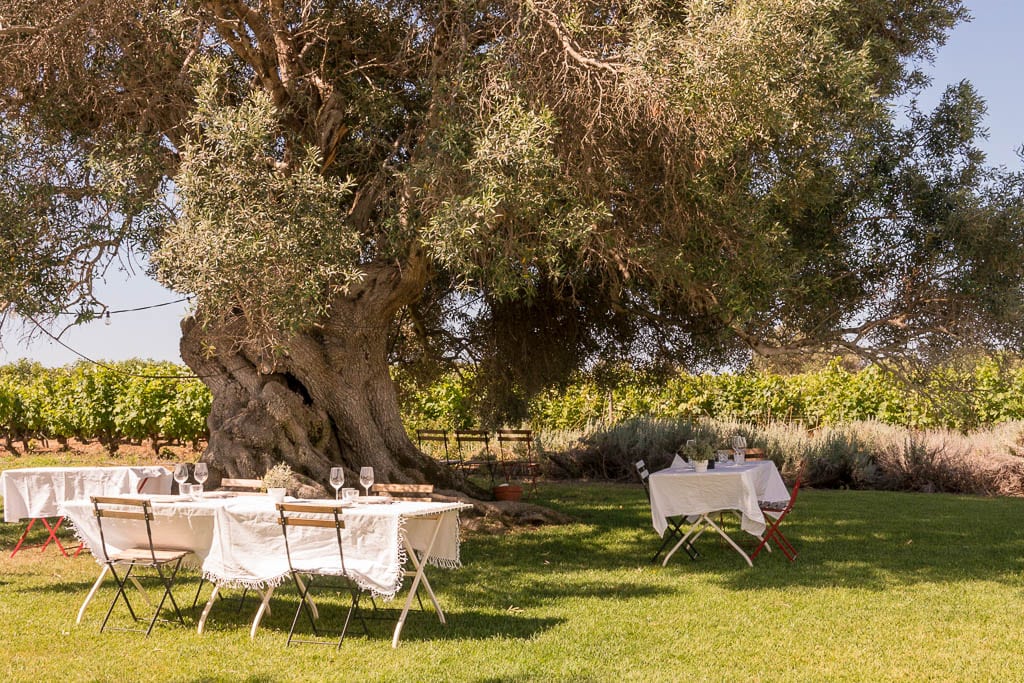
5. DISCOVER THE PRODUCTION OF MEDRONHO
Medronho is a fruit traditionally grown in the Algarve from which a typical spirit, called Aguardente de Medronho, is made. The town of Monchique, in the District of Faro, is the main producer of medronho and there you can take the Route of the Distilleries or visit the Medronho House of Marmelete. However, you can also visit the Junior Jacques Distillery, a Medronho production near Odeceixe, which, by the way, has a beautiful beach with spectacular views and excellent petiscos.
At the Junior Jacques Distillery, you can learn about the production of Aguardente de Medronho, as well as take part in tasting and cooking experiences. After the visit, make a stop in Odeceixe for a snack at Kiosk Agapito.
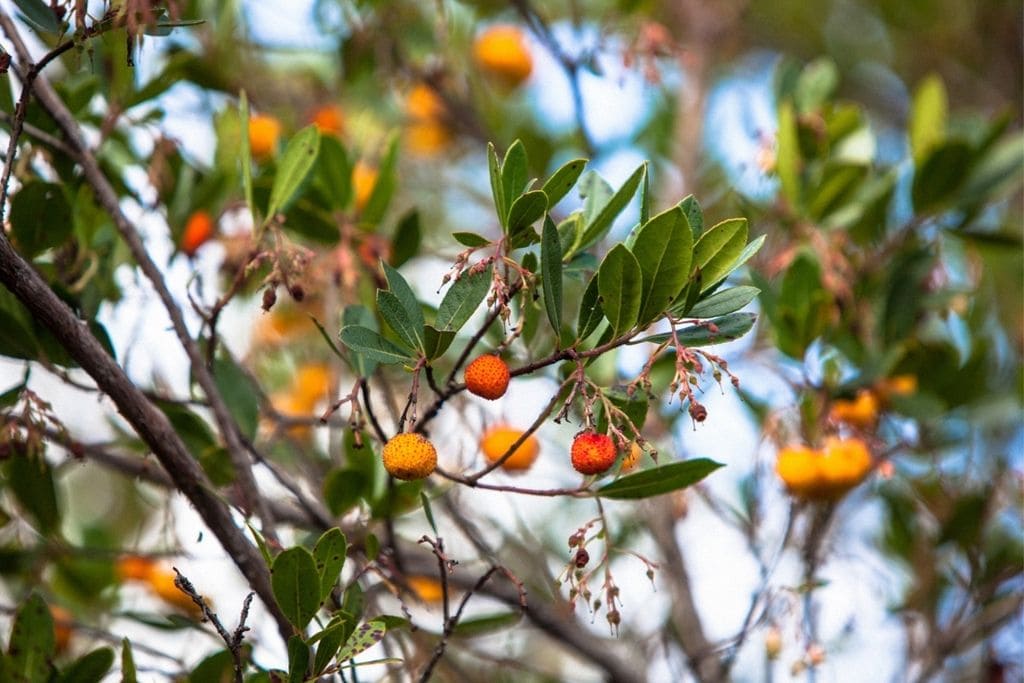
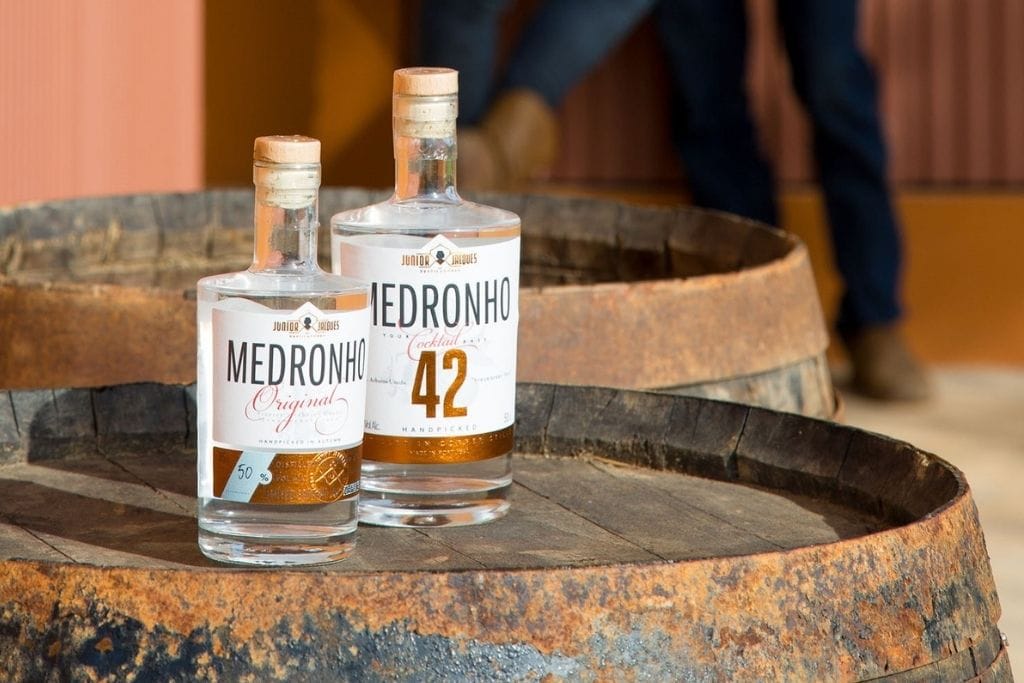
6. VISIT A SALT PAN IN CASTRO MARIM
The town of Castro Marim is known for its salt pans producing salt and salt flower with Protected Designation of Origin (PDO). There’s a wide range of salt-related activities in the region, including visits to the salt pans to learn about the artisanal extraction of salt, bike tours through the area, and spas with salt treatments.
An excellent example is the Salmarim company, which produces a salt flower that has gained prominence in fine cuisine. It is possible to visit the salt pans, see the production method, taste the salt flower along with regional products, and even organize a complete culinary experience, including seafood and good wines!

7. EXPLORE THE LOCAL MARKETS
Going to the markets in various locations is a great way to absorb the Algarvian culture. Among them, the Loulé Municipal Market, focusing on organic products and fresh fish, opens every day; the Quarteira Market (Vilamoura), which sells a bit of everything and happens on Wednesdays; the Tavira Market, which closes only on Sundays and holidays; and the Portimão Municipal Market, open daily.

8. VISIT HISTORICAL SITES
The Algarve is not only about sunny days and beaches. The region is a true open-air museum with Phoenician, Roman, and Arab occupations throughout its history.
Among the heritages are:
- Roman Ruins of Milreu that bring traces of the Roman occupation in Estói;
- Castle of Silves with more than a thousand years and strategically located on top of a hill;
- Paderne Castle, in Albufeira, which mixes Portuguese and Arabic architecture;
- São Lourenço Church in Almancil, all beautifully decorated with blue tiles.

9. GET TO KNOW THE RIA FORMOSA NATURAL PARK
Created in 1978, the Ria Formosa Natural Park is an environmental preservation area considered one of the 7 Natural Wonders of Portugal. For nature fans, it is an unmissable tour that can be enjoyed on foot, by bike, or with boat trips through its five barrier islands and two peninsulas.
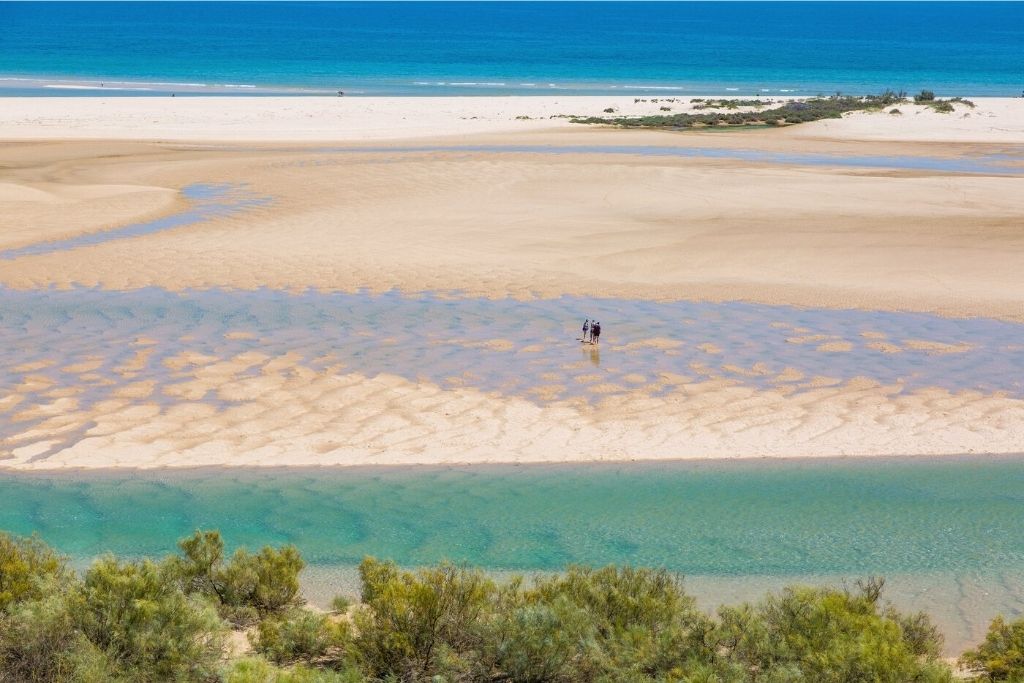
10. GO UP TO THE MONCHIQUE RANGE
Did you know that the sunny Algarve has mountain towns with much milder temperatures? One of the most famous is the Monchique, called the “Garden of the Algarve” for its diversity of green areas. The biggest attractions are the Caldas and its thermal water spa, a Roman heritage. Rich in bicarbonate, fluorine, and alkalinity, Monchique’s water is considered medicinal. It also features a beautiful circuit of waterfalls, including the Barbelote Waterfall.
The Fóia Viewpoint, at 902 meters, is the highest point in the Algarve, offering a privileged view from Cape St. Vincent to the Arrábida range.
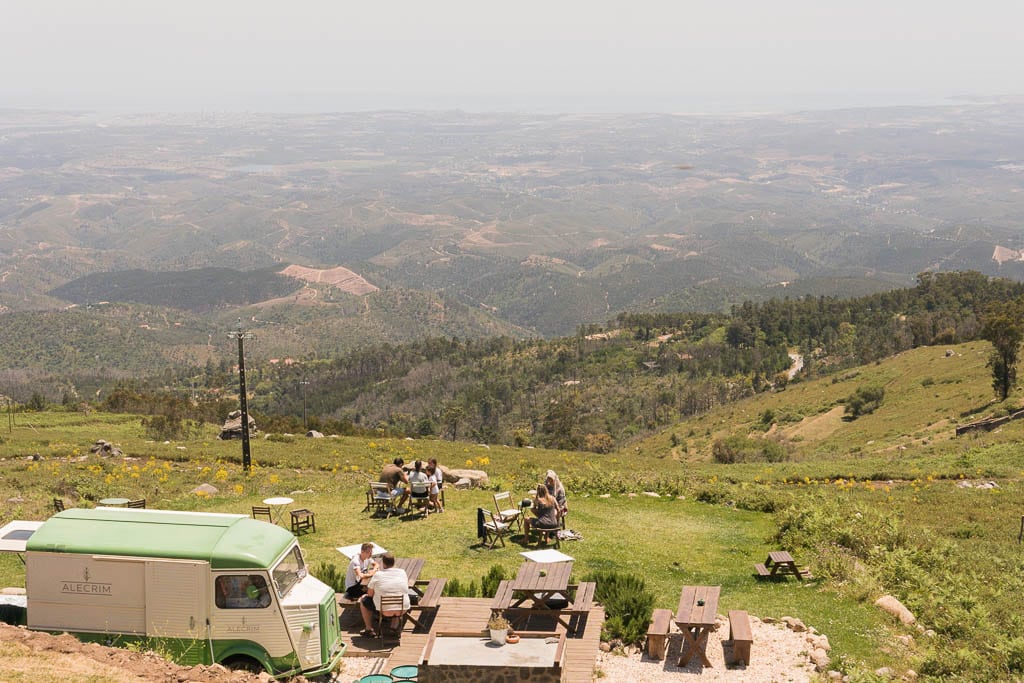
Foods and drinks
What to eat in the Algarve

Based on Mediterranean cuisine, Algarve cuisine is full of fresh fish, local fruits, and vegetables. Amêijoas à Bulhão Pato, Conquilhas à Algarvia (a small clam fried with garlic), Lulas à Algarvia (squids), vegetable soups, grilled sardines, oysters and the seafood Cataplana, are all typical Algarve dishes. Also, be sure to visit the fishing villages of Alvor (Portimão) and Ferragudo (Lagoa) for fresh fish and great seafood dishes.
Another traditional dish in the Algarve is Chicken Piri-Piri, with pepper sauce, olive oil, and garlic. Among the red meats, cured meats stand out, such as roasted chorizo and smoked ham. For dessert, Doces Finos do Algarve (made with sweetened egg threads and served in the shape of small, colorful candies); the Morgadinho (almond paste with egg threads), and Dom Rodrigo (creamy egg threads with cinnamon and almonds).
Best Restaurants in the Algarve
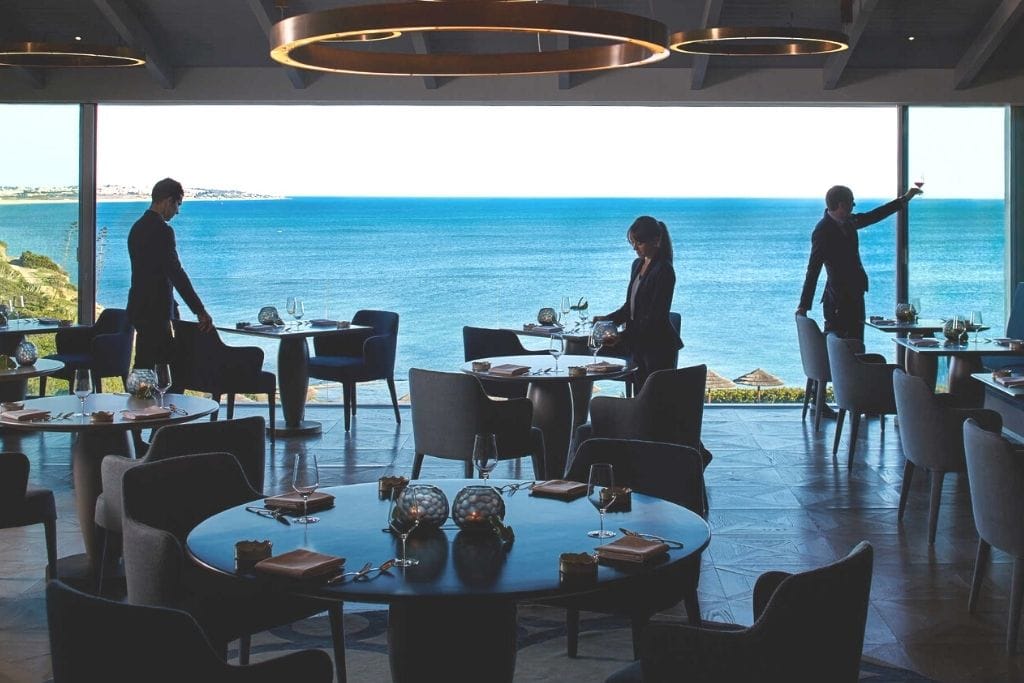
With the highest concentration of Michelin stars in Portugal, the Algarve has renowned starred restaurants such as:
- Vila Joya (Albufeira), focused primarily on fish;
- Ocean (Alporchinhos), with incredible presentations and a panoramic view of the sea;
- Bon Bon (Carvoeiro), with tasting of contemporary Portuguese cuisine;
- Gusto (Almancil), by acclaimed chef Heinz Beck and with Scandinavian decoration.
Traditional Restaurants:
- 2 passos, located on the dunes of Ancão beach, in the Ria Formosa Natural Park, with very interesting architecture and a more relaxed vibe;
- Estaminé, also in Ria Formosa, the only restaurant on Deserta Island, with a stunning view, you will find freshly caught fish and seafood;
- Faz Gostos (Faro), a mandatory stop in the Algarve, with typical Lusitanian cuisine;
- Noélia e Jerónimo (Cabanas de Tavira), traditional cuisine, for those who want to eat for real;
If you’re looking for rustic and cozy environments, one such place is Adega Vila Lisa (Portimão), while Charneco (Estômbar) is a sure stop for a typical Algarvian meal. And don’t let the simple ambience mislead you: Pintadinho (Lagoa) has some of the best grilled fish in the region.
Best hotels and accommodation
Where to stay in the Algarve

From luxury five-star and elegant boutique hotels to cozy budget-friendly ones, vacation homes, or hostels, there’s no shortage of choices for places to stay in the Algarve. It is worthwhile to pick a city that is suited to your primary interests.
If you want to experience lively beaches, stunning views, and boat excursions to caves, Lagos is the perfect destination for a three-day trip.
Are you looking for more adventure? Choose Albufeira! Anyone who wants peace can remain in Tavira or travel inland to relax in thermal baths and stay in beautiful country hotels.
Best hotels in the Algarve
Besides attracting tourists for its exuberant nature, the Algarve is a paradise for golf fans, gathering some of the best golf courses, such as the one designed by the legend Jack Nicklaus, at the luxurious Monte Rei Golf & Country Club (Vila Real de Santo Antônio).
Next to the walls of Lagos, the elegant Casa Mãe boasts three buildings of different styles – boho-chic, contemporary minimalist, and vintage (original from the 19th century). Another address full of history is the Pousada Palácio de Estói, a five-star hotel in an 18th-century palace located 10km from Faro.
With good cost-benefit, Hotel da Rocha is in front of the beach and close to the Marina of Portimao, from where several boat trips depart.
An acclaimed restaurant with two Michelin stars and a vast wine cellar with bottles of the best labels from Portugal and the world are among the treasures of the luxurious Vila Joya Hotel in the hustle and bustle of Albufeira.
Enjoy the peacefulness of country vacations, with hiking trails, horseback riding, and bird watching, in comfortable farm hotels, such as Herdade da Corte and Hotel Rural Quinta do Marco, both in Tavira.

